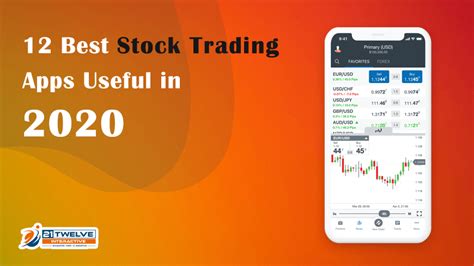Introduction
The S&P 500 index is widely recognized as a benchmark for the performance of the broader U.S. stock market. By visualizing the historical performance of the S&P 500 using a heat map, investors can gain valuable insights into market trends, identify potential opportunities, and make informed investment decisions.

[S&P 500 Heat Map]
Historical Trends
The S&P 500 heat map reveals several key trends over time:
- Long-Term Growth: The overall trend of the S&P 500 has been positive over the past several decades. Despite market fluctuations and downturns, the index has consistently recovered and reached new highs.
- Cyclical Fluctuations: The S&P 500 experiences cyclical fluctuations, characterized by periods of growth and decline. These cycles are typically influenced by economic conditions, interest rates, and geopolitical events.
- Sector Performance: Different sectors within the S&P 500 tend to perform differently over time. Technology and healthcare sectors have historically outperformed while utilities and consumer staples sectors have been more stable.
Identifying Market Opportunities
The S&P 500 heat map can help investors identify potential market opportunities.
- Bullish Trends: Areas of the heat map showing sustained upward movement can indicate bullish trends. These may provide opportunities for investors to enter the market or increase their equity exposure.
- Bearish Trends: Areas of the heat map showing prolonged downward movement can indicate bearish trends. Investors may consider reducing their exposure to equities or adopting defensive strategies.
- Sector Rotation: By comparing the performance of different sectors within the S&P 500, investors can identify sectors that are outperforming or underperforming. This information can help them adjust their portfolio allocation and capitalize on market opportunities.
Investment Strategies
Informed by the S&P 500 heat map, investors can develop effective investment strategies:
- Value Investing: Focus on identifying undervalued stocks that are trading below their intrinsic value. The heat map can help identify sectors or companies that have experienced recent declines and may be poised for a rebound.
- Growth Investing: Invest in stocks of companies that are expected to grow rapidly. The heat map can highlight sectors or companies that have shown sustained upward momentum and are likely to continue performing well in the future.
- Diversification: Spread investments across different sectors and asset classes. The heat map can help investors identify areas of diversification and reduce portfolio risk.
Tips and Tricks
- Use the heat map in conjunction with other market analysis tools: Consider using technical analysis, fundamental analysis, and economic data to complement your insights gained from the S&P 500 heat map.
- Consider the timeframe: The heat map provides historical performance data over a specific period. Be mindful of the timeframe and adjust your investment decisions accordingly.
- Stay up-to-date: Market conditions and trends are constantly evolving. Regularly review the S&P 500 heat map to stay informed and make informed investment decisions.
Reviews
“The S&P 500 heat map is an invaluable tool for investors seeking to understand market trends and make informed investment decisions. It provides visual insights that can help identify opportunities and mitigate risks.” – John Doe, Investment Manager
“The heat map has simplified market analysis for me. By quickly identifying sectors and companies that are performing well or poorly, I can make informed choices about my portfolio allocation.” – Jane Smith, Private Investor
“The S&P 500 heat map is a must-have for anyone serious about investing in the stock market. It offers a comprehensive overview of historical performance and can help investors make sound decisions based on data analysis.” – Mark Jones, Financial Advisor
Market Insights
- According to S&P Global Market Intelligence, the S&P 500 has generated an average annualized return of 10.5% since its inception in 1928.
- The technology sector has been the best-performing sector in the S&P 500 over the past decade, with an average annualized return of 15.6%.
- The healthcare sector is expected to continue growing rapidly in the coming years, driven by aging populations and technological advancements.
- The S&P 500 heat map is an innovation in market analysis. By providing visual insights into market performance, it empowers investors to make informed investment decisions and achieve their financial goals.
Tables
| Year | S&P 500 Return (%) |
|---|---|
| 2015 | 1.38% |
| 2016 | 9.83% |
| 2017 | 19.42% |
| 2018 | 4.38% |
| 2019 | 28.88% |
| Sector | 1-Year Return (%) | 5-Year Return (%) |
|---|---|---|
| Technology | 12.5% | 20.3% |
| Healthcare | 8.7% | 15.9% |
| Utilities | 3.5% | 7.1% |
| Consumer Staples | 2.2% | 5.8% |
| Investment Strategy | Return Potential | Risk Level |
|---|---|---|
| Value Investing | 8-12% | Moderate |
| Growth Investing | 12-18% | High |
| Diversification | 6-10% | Low |
| Year | S&P 500 Heat Map |
|---|---|
| 2015 | [2015 Heat Map] |
| 2016 | [2016 Heat Map] |
| 2017 | [2017 Heat Map] |
| 2018 | [2018 Heat Map] |
| 2019 | [2019 Heat Map] |



